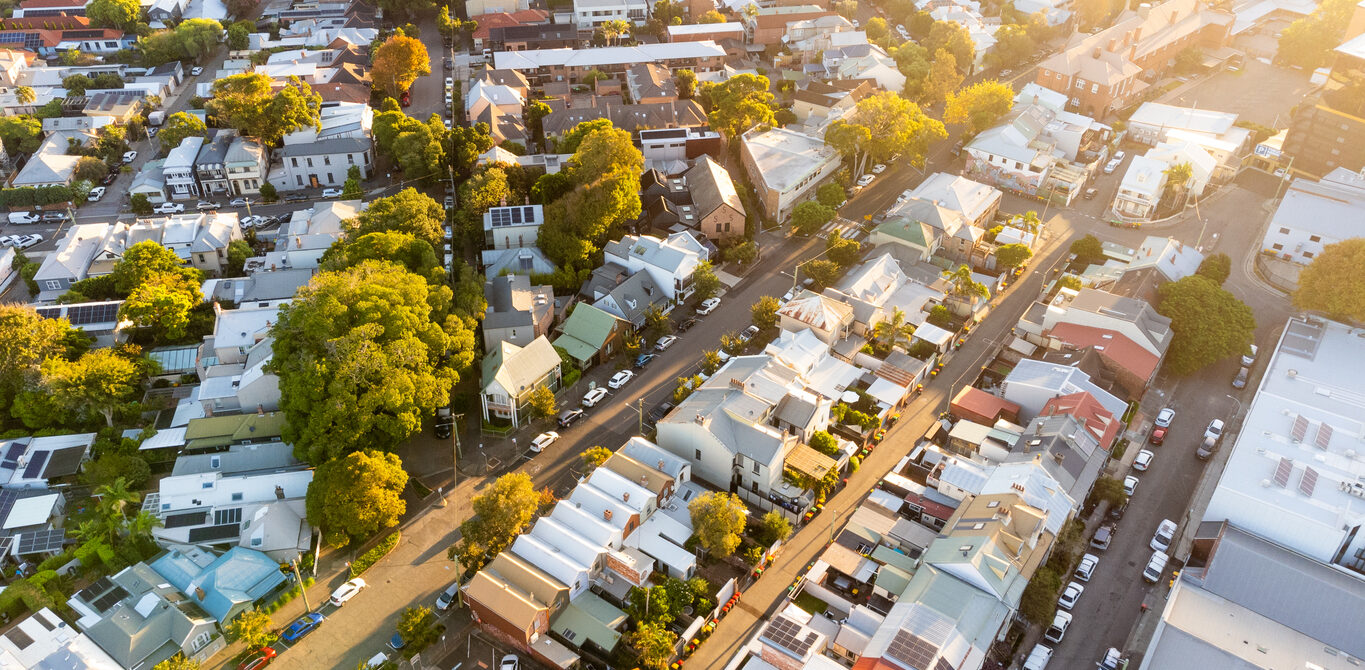With 2024 now approaching spring and FY 23/24 behind us, it’s time to take a look at how Australian property is performing and what direction it may take for the remainder of the year.
Figures from CoreLogic show that Australia’s housing market has defied the many doomsday forecasts and have moved through the bottom of the cyclical downturn of early 2023, rising for 18 months in a row nationally with fresh record highs enjoyed across many regions. The CoreLogic data highlights a national home value increase of 0.5% in July.
CoreLogic’s National Housing Values Index has gained 13.5% and values have consistently pushed to new record highs since November 2023.
Of course, each state is at its own stage of the property cycle and within each capital city there are multiple markets.
While some regional areas outperformed the capital cities in 2022, capital city property markets led the price upturn in 2023, a trend that has continued through the first half of 2024.
Overall, statistics indicate that persistently low supply relative to demand are supporting rising housing values despite high interest rates, ongoing cost of living pressures, worsening affordability pressures and inconsistency in consumer confidence.
While growth across Melbourne, Hobart, Darwin and Sydney slowed somewhat, other states bucked the slowing trend.
The quarterly pace of growth in Perth is tracking at 6.2%, while growth in Adelaide accelerated to 5.0%, the fastest rolling quarterly pace of growth since May 2022. Brisbane values rose at a quarterly pace of 3.8%.
Growth in regional housing values is lagging the capitals, with a rolling quarterly rise of 1.3% across the combined regionals index compared with a 1.8% gain across the combined capitals.
Mimicking the capitals growth pattern, regional Western Australia (4.7%), regional South Australia (3.2%) and regional Queensland (2.8%) led the rolling quarterly change. Regional Victoria was the only ‘rest of state’ area to record a decline in values over the three months ending July, with values falling -1.4%.
Expert Capital Cities Market Predictions for 2024
Melbourne – Experts believe price momentum is weaker in Melbourne as buyers have consistently enjoyed more choice relative to other markets.
At the same time, they can see that construction rates relative to population growth in Victoria have been somewhat balanced compared to other parts of the country.
While more buyers are active in the market, there is currently a shortage of good quality stock on the market – while house prices have been resilient, Melbourne rental rates are experiencing weaker conditions due to a higher supply of rental properties, and less demand.
Sydney – Housing values have slowed over the past quarter in Sydney as home prices lifted 0.41% in June, the slowest pace of monthly growth since December 2023.
Still, prices rose to a new peak, up 3.57% year-to-date, 6.39% above June 2023 levels and 12.38% above their November 2022 low.
The increase in properties hitting the market this year has been met with strong demand, driving further price growth.
Sydney’s strong auction clearance trends are also a great “in time” indicator of market sentiment and a leading indicator of future property prices.
Brisbane – Figures show Brisbane remains one of the strongest performing markets over the past year.
Brisbane is now the second-most expensive capital following a period of consistently strong growth. Brisbane has surpassed Canberra to remain the second-most expensive capital following a period of consistently strong growth.
Prices are now 19.96% above their December 2022 low, putting values ahead of Melbourne and Canberra.
Brisbane remains one of the strongest performing markets over the past year with home prices now 14.14% above June 2023 levels.
Perth – Perth has maintained its streak of relative outperformance and remains the strongest market in the country for monthly (+0.65%) and annual (+22.52%) home price growth.
Tight supply amid strong buyer demand has seen competitive conditions fuelling strong price growth.
The relative affordability of the city’s homes, population growth and very tight rental markets are also supporting home values.
However today, buying in such a market means you are likely buying at – or after – the peak of the market.
Adelaide – Adelaide remains one of the country’s top-performing markets, as home prices rose 0.45% in June to a new peak, up 14.61% year-on-year.
The comparative affordability of the city’s homes has seen prices defy the significant increase in interest rates since May 2022.
Low stock levels are also intensifying competition, with home prices in Adelaide rising at a fast pace over the past year.
Canberra – Canberra property prices fell 0.05% in June, though prices remain 0.58% above June 2023 levels.
This leaves prices 5.30% below their March 2022 peak.
Experts predict Canberra’s real estate market is expected to remain steady for the remainder of 2024.
Hobart – was the darling of speculative property investors and the best-performing property market in 2017- 2018
Prices in Hobart have remained in a downturn for the past 27 months, falling a further 0.21% in June to sit 2.06% below levels seen this time last year.
Hobart remains the weakest capital city market when comparing annual price growth (-2.06%), as well as the change from peak (-9.56%).
However, this comes following a period of outperformance during the pandemic as well as strong growth in the years preceding. Home prices in Hobart are still up 34.2% since March 2020.
Economists believe Hobart was an under performer for most of 2023 and is likely to remain so in 2024.
Want to know more about what’s happening in your area? Contact and Elders expert here.
